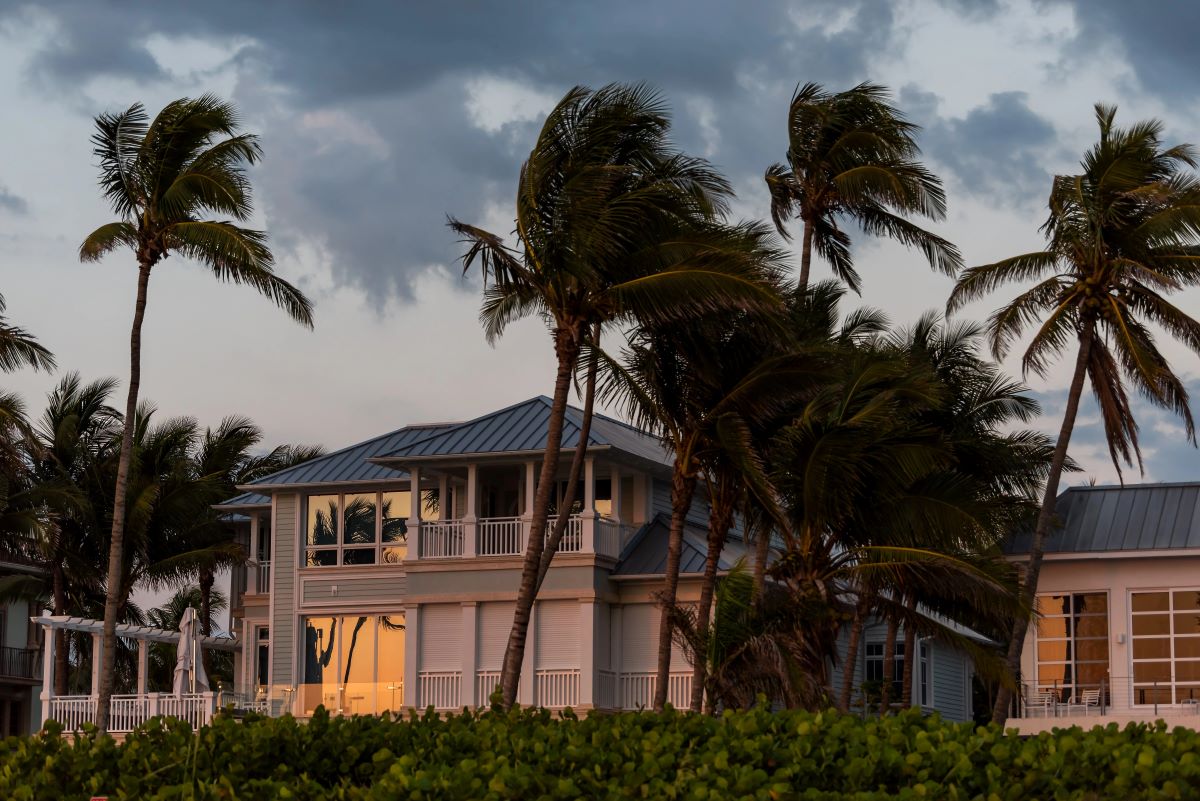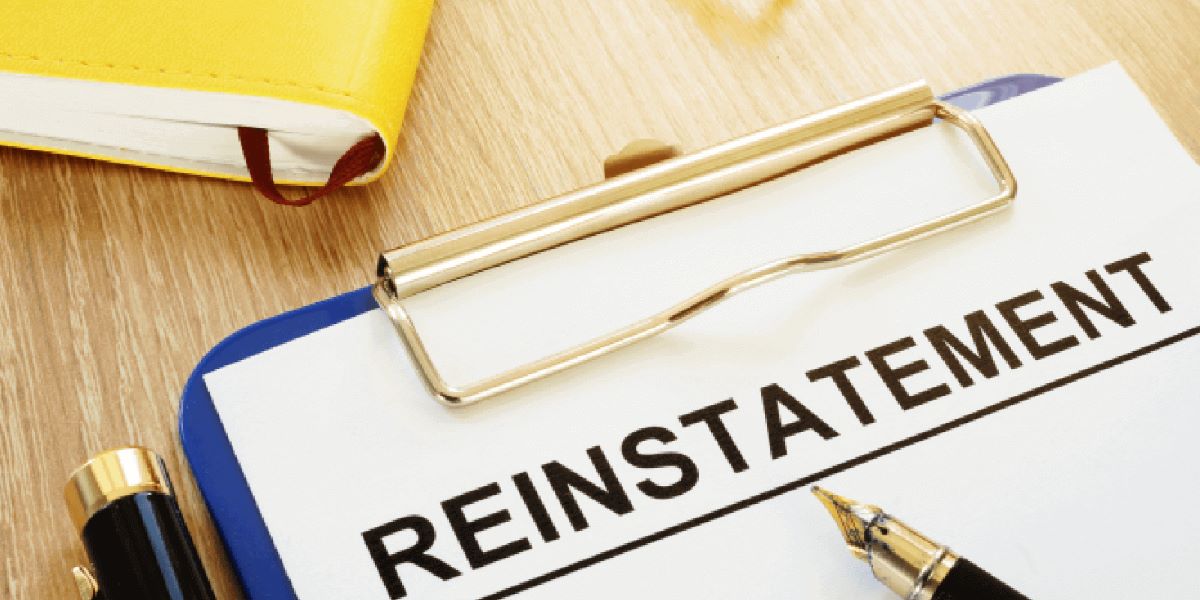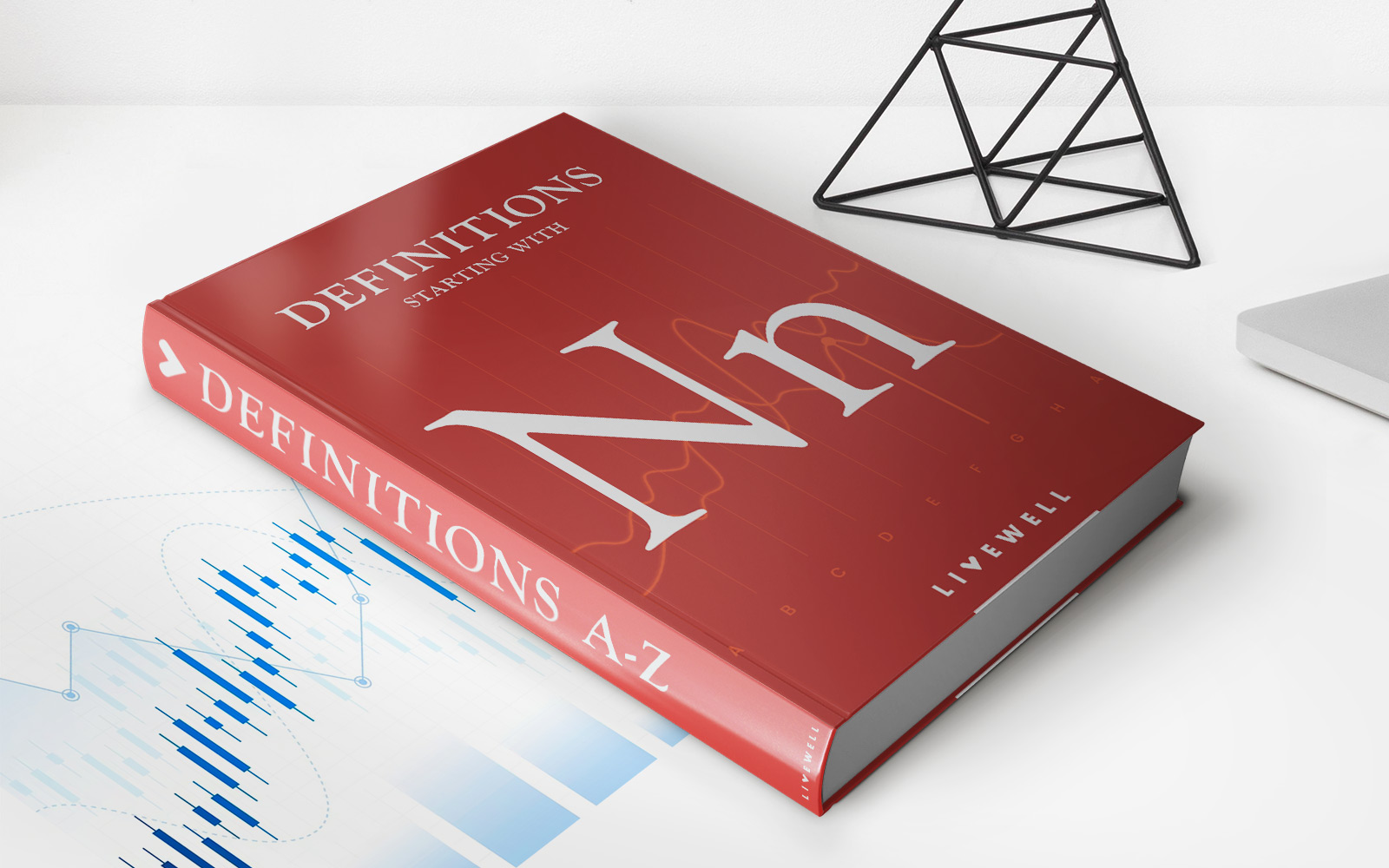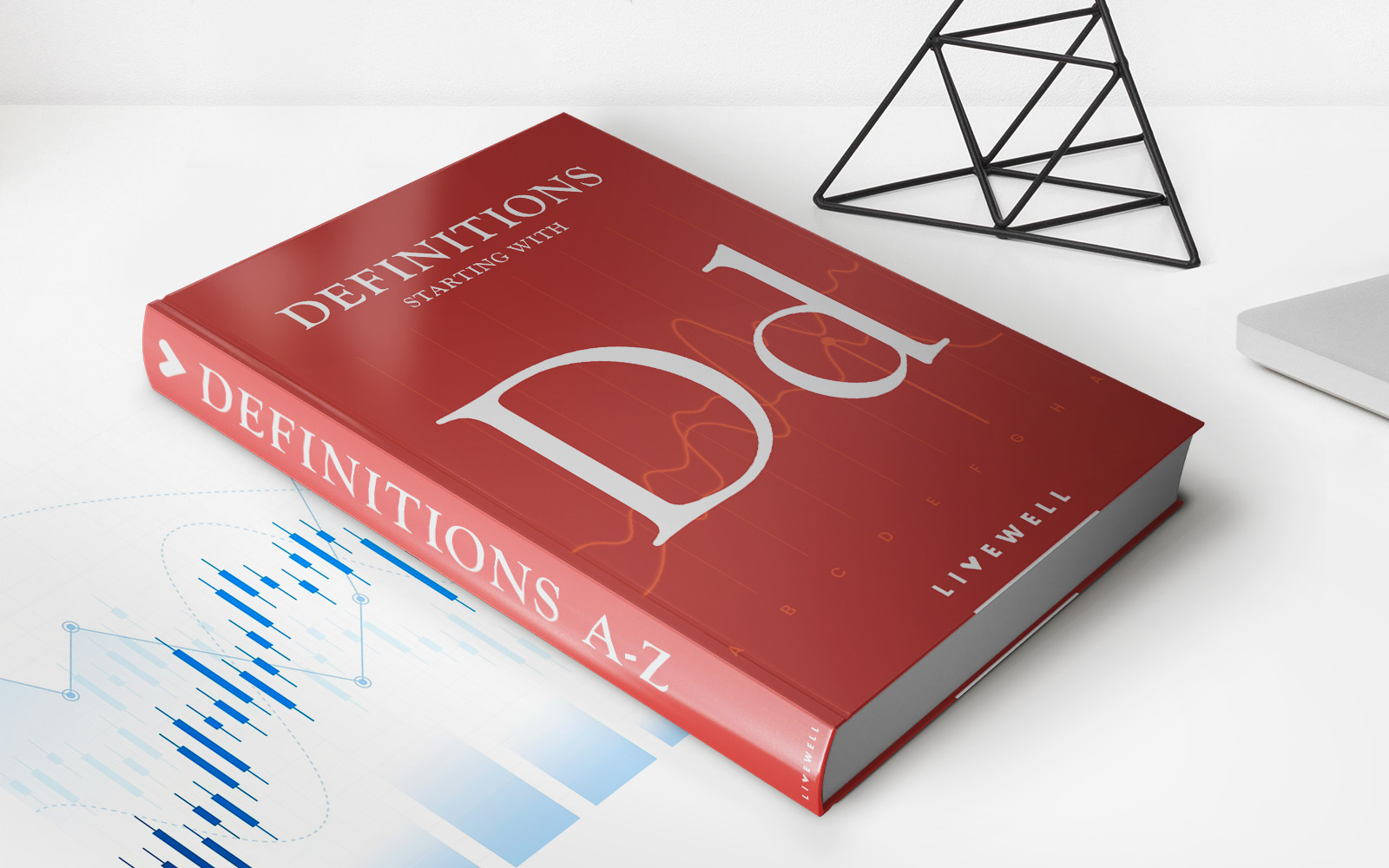

Finance
What Does Wind Mitigation Mean In Insurance
Published: November 10, 2023
Get to know what wind mitigation means in insurance and how it affects your finances. Discover how you can protect your assets and save money with wind mitigation.
(Many of the links in this article redirect to a specific reviewed product. Your purchase of these products through affiliate links helps to generate commission for LiveWell, at no extra cost. Learn more)
Table of Contents
Introduction
In the world of insurance, there are various factors that can impact the cost and coverage of a policy. One such factor is wind mitigation. But what exactly does wind mitigation mean and why is it important in the insurance industry?
Wind mitigation refers to the steps taken to reduce the risk of damage caused by high winds. This includes measures such as reinforcing the structure of a building, installing impact-resistant doors and windows, and securing roof shingles or tiles.
With the increasing frequency and intensity of severe weather events, particularly hurricanes and tropical storms, wind mitigation has become a crucial consideration for insurance companies. These companies evaluate the level of wind mitigation in a property to determine the likelihood of wind-related damages occurring, which in turn influences the cost of insurance coverage.
Understanding wind mitigation is not only important for insurance companies, but also for policyholders. By implementing wind mitigation measures, homeowners can better protect their property and potentially save on insurance premiums.
In this article, we will delve into the concept of wind mitigation, explore its importance in the insurance industry, discuss the various measures taken to mitigate wind damage, and highlight the benefits that policyholders can enjoy by investing in wind mitigation.
Understanding Wind Mitigation
Wind mitigation involves implementing measures to strengthen a building’s resistance to high winds and mitigate the potential damage caused by these forces. The primary goal of wind mitigation is to increase the level of protection and reduce the risk of structural failure, property damage, and potential harm to occupants.
Insurance companies use wind mitigation information to assess the vulnerability of a property to wind-related damage and determine appropriate coverage and premiums. By understanding the various components of wind mitigation, policyholders can take proactive steps to safeguard their properties and potentially reduce insurance costs.
There are several key elements that contribute to wind mitigation:
- Roofing: A securely fastened and properly installed roof is crucial in mitigating wind damage. This includes using impact-resistant roofing materials, reinforced roof-to-wall connections, and hurricane straps or clips to strengthen the roof’s stability.
- Windows and Doors: Windows and doors are vulnerable points during high winds. To mitigate the risk, impact-resistant windows and doors can be installed. These are designed to withstand flying debris and maintain their structural integrity.
- Building Envelope: The building envelope, including walls, foundation, and floors, plays a vital role in wind mitigation. Reinforced walls, reinforced concrete foundations, and proper attachment of floors to walls can significantly improve the building’s ability to withstand high winds.
- Gable Bracing: Gable roofs are more susceptible to wind damage. Installing gable end bracing, such as braces or reinforcements, can enhance the stability and resistance of the roof during strong winds.
- External Systems: External systems, such as HVAC units, solar panels, and satellite dishes, can become hazardous projectiles in high winds. Securing and effectively bracing these systems can minimize the risk of damage to the property and surrounding structures.
It is important to note that wind mitigation measures can vary depending on regional building codes, construction practices, and the prevailing weather conditions in a particular area. Consulting with professionals, such as licensed contractors or engineers, can provide valuable guidance on the specific wind mitigation strategies suitable for a property.
By understanding the components of wind mitigation, property owners can assess the level of wind resistance of their buildings and take appropriate actions to strengthen their homes or commercial properties. Not only does this provide enhanced protection, but it can potentially lead to cost savings in insurance coverage and reduce the risk of substantial out-of-pocket expenses in the event of wind-related damages.
Importance of Wind Mitigation in Insurance
Wind mitigation plays a crucial role in the insurance industry for both insurance companies and policyholders. Insurers consider wind mitigation when assessing the risk profile of a property and determining coverage options and premiums. Policyholders, on the other hand, benefit from lower insurance costs and increased protection for their homes or commercial buildings.
The importance of wind mitigation in insurance can be summarized in the following points:
- Risk Reduction: Wind mitigation measures aim to reduce the risk of property damage and loss caused by high winds. By strengthening the building’s structural integrity, reinforcing vulnerable areas, and implementing other preventive measures, the likelihood of significant damage during windstorms is minimized.
- Cost Savings: Insurance coverage for properties located in high-wind areas can be expensive. However, by demonstrating effective wind mitigation, policyholders can potentially qualify for discounts on their insurance premiums. These savings can significantly offset the initial investment in wind mitigation measures.
- Enhanced Coverage: Insurance companies often offer specialized coverage options for properties with documented wind mitigation. These policies may provide additional benefits and protections, such as coverage for hurricane-related damages or windborne debris removal.
- Preventive Measures: Wind mitigation focuses on taking proactive steps to minimize damage, rather than solely relying on reactive measures after a windstorm occurs. This approach not only helps policyholders protect their property but also reduces the likelihood of filing a claim and the associated hassle and costs.
- Promotes Resilience: In areas prone to high winds and severe weather events, wind mitigation promotes community resilience. When a significant number of homes and businesses have implemented wind mitigation measures, the overall impact of windstorms is reduced, resulting in quicker recovery and lower economic losses for the community as a whole.
Insurance companies assess the wind mitigation features of a property through inspections, documentation, and certifications. The presence of wind-resistant features, such as impact-resistant windows, hurricane straps, or a reinforced roof, demonstrates a commitment to risk reduction and can lead to more favorable insurance terms.
Ultimately, wind mitigation benefits both insurance companies and policyholders by reducing risk, lowering insurance costs, and providing enhanced coverage. It is a proactive approach to protecting properties from the destructive forces of high winds, promoting safety, and financial security for homeowners and businesses alike.
Wind Mitigation Measures
Wind mitigation measures are various steps and improvements that can be implemented to strengthen a building’s resilience against high winds. These measures focus on reinforcing key areas and components of a property to withstand wind forces and reduce the risk of damage. Let’s explore some common wind mitigation measures:
- Roof Reinforcement: The roof is one of the most vulnerable areas during severe wind events. Roof reinforcement measures include installing hurricane straps or clips to secure the roof trusses or rafters to the walls. Additional measures such as roof-to-wall connectors or adhesive anchors can be used to improve the roof’s resistance to uplift forces.
- Impact-Resistant Windows and Doors: Traditional windows and doors can easily break during high winds, leading to increased pressure inside the building and potential structural damage. Installing impact-resistant windows and doors, which are designed to withstand windborne debris, can significantly reduce the risk of damage and increase the building’s overall wind resistance.
- Fortified Garage Doors: Garage doors are often weak points in a building’s envelope, susceptible to wind damage and failure. Reinforcing garage doors with bracing systems, impact-resistant materials, or upgrading to hurricane-resistant garage doors can help mitigate wind-induced damage.
- External Shutter Systems: External shutters provide an additional layer of protection for windows and doors during high winds. These shutters can be made from impact-resistant materials and are designed to prevent debris from breaking the glass or causing damage to the building’s interior.
- Proper Roofing Materials: Using strong and impact-resistant roofing materials, such as metal panels or asphalt shingles rated for high wind velocities, can enhance the roof’s ability to withstand wind uplift and reduce the risk of damage.
- Reinforced Wall Construction: Reinforcing exterior walls with bracing systems, additional anchor points, or using reinforced concrete or masonry construction can contribute to improved wind resistance and overall structural integrity.
- Adequate Drainage Systems: Proper water management is essential to prevent wind-driven rain from entering the building. Installing gutters and downspouts, ensuring they are clear of debris, and directing water away from the foundation can help prevent water-related damage caused by wind-driven rain.
These measures may vary depending on the building’s design, location, and local building code requirements. It is recommended to consult with a professional, such as a licensed contractor or engineer, to assess the specific wind mitigation needs of a property.
Implementing wind mitigation measures not only strengthens the building’s resilience against high winds but also reduces the risk of property damage, ensures the safety of occupants, and potentially leads to insurance discounts. By taking proactive steps to mitigate wind-related risks, property owners can protect their investment, enhance their peace of mind, and contribute to the overall resilience of their community.
Benefits of Wind Mitigation for Insurance Policyholders
Implementing wind mitigation measures offers numerous benefits for insurance policyholders. Beyond the peace of mind that comes with increased protection against wind damage, policyholders can also enjoy financial advantages and other significant benefits. Here are some key benefits of wind mitigation for insurance policyholders:
- Lower Insurance Premiums: One of the significant advantages of wind mitigation is the potential for reduced insurance premiums. Many insurance companies offer discounts to policyholders who have taken proactive steps to strengthen their properties against wind damage. By demonstrating the presence of wind-resistant features and obtaining wind mitigation certifications, policyholders can qualify for substantial savings on their insurance premiums.
- Enhanced Coverage Options: Insurance providers may offer specialized coverage options specifically designed for properties with documented wind mitigation. These policies often provide additional benefits, such as coverage for hurricane-related damages or windborne debris removal. Policyholders can enjoy the reassurance of comprehensive coverage tailored to their property’s wind-resistant features.
- Higher Property Value: Homes or commercial properties with wind mitigation measures in place are seen as more resilient and less prone to wind-related damages. This increased durability and protection can enhance the overall value of the property, making it more attractive to potential buyers or tenants. Wind-resistant features are an excellent selling point in regions prone to high winds, which can translate into a higher resale value.
- Reduced Risk of Policy Cancellation: Insurance companies in high-wind risk areas may have stricter policies and higher premiums for properties that have not implemented wind mitigation measures. By investing in wind mitigation, policyholders reduce the risk of their insurance policies being canceled or non-renewed due to inadequate protection against wind damage. Maintaining coverage and a positive insurance history helps ensure ongoing financial protection for the property.
- Peace of Mind: Wind mitigation measures provide policyholders with a sense of security and peace of mind. Knowing that the property has been strengthened against high winds and potential damage can alleviate concerns and anxieties during severe weather events. Policyholders can have confidence that they have taken proactive steps to protect their investment and the safety of their loved ones.
Investing in wind mitigation measures is a wise decision for insurance policyholders. Along with the financial benefits and enhanced coverage, policyholders contribute to community resilience and become part of a collective effort to mitigate wind-related risks. By taking action to minimize potential damage, policyholders not only protect their own property but also contribute to a safer and more resilient neighborhood.
Cost Savings through Wind Mitigation
Wind mitigation measures not only offer enhanced protection against high winds but also provide insurance policyholders with significant cost savings over time. By investing in wind mitigation, property owners can potentially reduce their insurance premiums and avoid expensive out-of-pocket expenses in the event of wind-related damages. Here are some ways in which wind mitigation can result in cost savings:
- Insurance Premium Discounts: One of the primary cost-saving benefits of wind mitigation is the potential for insurance premium discounts. Many insurance companies offer substantial discounts to policyholders who have implemented wind-resistant features and obtained wind mitigation certifications. These discounts can greatly offset the initial investment of wind mitigation measures over the course of the policy.
- Lower Deductibles: Some insurance policies have separate deductibles for wind-related damages. With effective wind mitigation measures in place, policyholders may qualify for lower deductibles specifically for wind damage claims. This means that in the unfortunate event of wind damage, the policyholder’s financial responsibility in terms of the deductible will be reduced.
- Reduced Risk of Damages: Wind mitigation measures, such as reinforced roofs, impact-resistant windows, and secure doors, significantly reduce the risk of wind-related damages to the property. By preventing or minimizing damage during severe wind events, policyholders can avoid expensive repairs or replacement costs for items such as roofs, windows, and building components. This translates into long-term cost savings and the potential avoidance of filing costly insurance claims.
- Increased Property Value: Properties with wind mitigation features in place are viewed as more desirable and less prone to wind-related damages by potential buyers or tenants. This increased desirability can result in a higher market value for the property, providing the opportunity for a higher return on investment when selling or renting the property in the future.
- Preservation of Insurance Coverage: In regions prone to high winds, insurance companies may have stricter policies and higher premiums for properties lacking wind mitigation measures. By investing in wind mitigation, policyholders ensure their properties meet the necessary requirements for insurance coverage. This reduces the risk of policy cancellations or non-renewals due to inadequate wind protection and ensures ongoing financial protection for the property.
By proactively implementing wind mitigation measures, policyholders not only protect their properties but also enjoy significant cost savings in insurance premiums, deductibles, and potential repairs. The initial investment in wind mitigation can pay off in the long run, resulting in financial security, increased property value, and peace of mind during severe weather events.
Insurance Discounts for Wind Mitigation
One of the significant advantages of implementing wind mitigation measures is the potential for insurance premium discounts. Insurance companies recognize the value of wind-resistant features in reducing the risk of wind-related damages, and they offer various discounts to policyholders who have taken proactive steps to strengthen their properties against high winds. Here are some common insurance discounts available for wind mitigation:
- Wind Mitigation Inspection Discount: Insurance companies often require a wind mitigation inspection performed by a licensed professional to assess the wind-resistant features of a property. Policyholders who have obtained a wind mitigation inspection report demonstrating the presence of wind-resistant features may be eligible for a discount on their insurance premiums.
- Roof Shape Discount: The shape of a roof can impact its resistance to wind damage. Insurance companies may offer a discount for properties with roofs that are designed to be more wind-resistant, such as hip roofs or roofs with multiple slopes, as these shapes offer less surface area for wind to exert its force.
- Roof Certification Discount: Some insurance companies provide discounts for policyholders who have obtained roof certifications. These certifications validate that the roof has been installed or reinforced to meet wind resistance standards, reducing the risk of significant wind damage.
- Impact-Resistant Windows and Doors Discount: Policyholders who have installed impact-resistant windows and doors that meet specific wind resistance ratings may qualify for discounts. These windows and doors are designed to withstand windborne debris and maintain their structural integrity during severe wind events.
- Secondary Water Resistance Discount: A secondary water resistance feature is an additional layer of protection against water intrusion in the event of wind-driven rain. Insurance companies may offer discounts to policyholders who have implemented secondary water-resistant barriers, such as peel-and-stick underlayment or self-adhesive roof membranes.
It’s important to note that the availability and extent of insurance discounts for wind mitigation can vary among insurance companies and regions. Each insurer may have their own specific criteria and requirements for granting these discounts. Policyholders should contact their insurance provider to understand the available discounts, what documentation is required, and how to qualify for them.
By taking advantage of these insurance discounts, policyholders can significantly reduce their premiums while enjoying the peace of mind that comes with a wind-resistant property. The initial investment in wind mitigation measures not only enhances the safety and resilience of the property but also provides long-term cost savings and financial benefits.
Conclusion
Wind mitigation is a crucial aspect of insurance coverage that focuses on reducing the risk of property damage caused by high winds. By implementing various wind mitigation measures, including reinforcing roofs, installing impact-resistant windows and doors, and securing building components, policyholders can enhance the resilience of their properties and potentially save on insurance costs.
Understanding the concept of wind mitigation is important for both insurance companies and policyholders. Insurance companies evaluate wind mitigation features to assess the vulnerability of a property to wind-related damages, which helps them determine appropriate coverage options and premiums. Policyholders, on the other hand, benefit from lower insurance premiums, enhanced coverage options, and increased property value.
Wind mitigation measures, such as roof reinforcement, impact-resistant windows, secure doors, and proper drainage systems, contribute to a property’s wind resistance and reduce the likelihood of damage during severe weather events. This proactive approach not only saves policyholders from costly repairs but also helps to promote community resilience and safety.
The cost savings associated with wind mitigation are significant. Policyholders can enjoy insurance premium discounts, lower deductibles for wind-related damages, and reduced risk of costly repairs. Additionally, investing in wind mitigation measures increases the market value of the property and ensures the continuity of insurance coverage, providing long-term financial security.
In conclusion, wind mitigation is a necessary and beneficial practice for insurance policyholders. By strengthening their properties against high winds, homeowners and businesses safeguard their investments, protect their loved ones, and contribute to the overall resilience of their communities. Implementing wind mitigation measures not only provides cost savings but also offers peace of mind during severe weather events.














